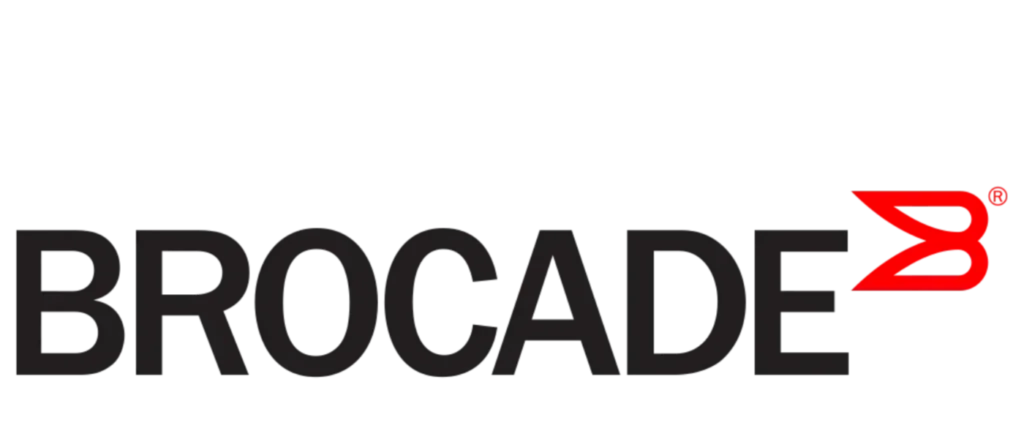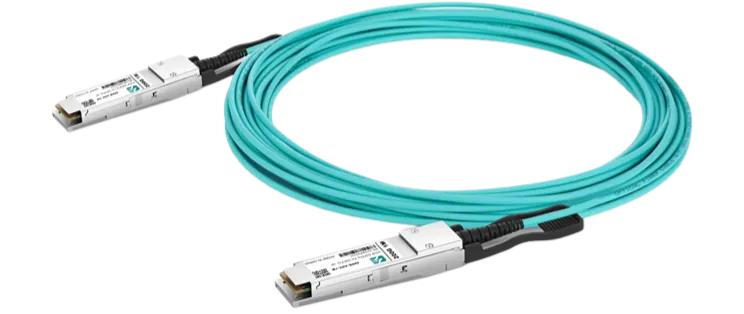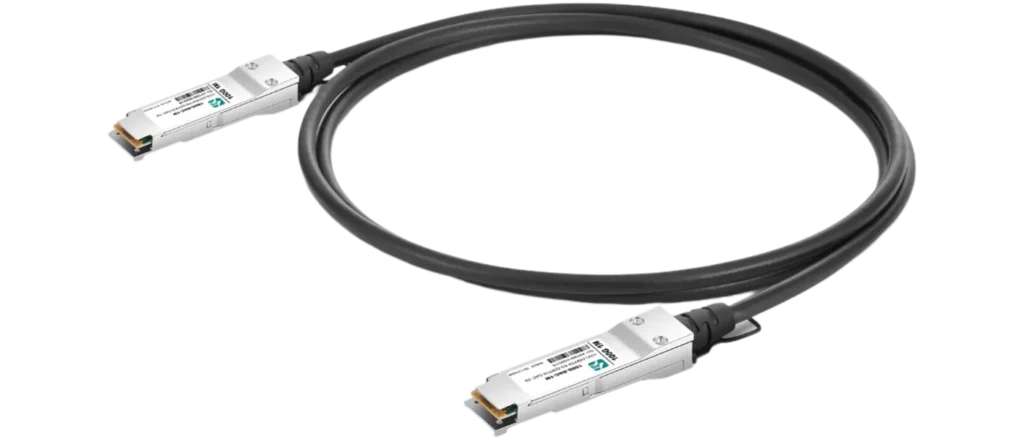- FREE Express Shipping On Orders $399+
December 21, 2024

400G SR4 and 400G SR8 are two widely used solutions in the ever-increasing data traffic and demand for high-speed connections. They can not only meet the increasing throughput requirements but also provide a cost-effective solution for short-distance transmission in data centers. In this article, I will introduce the differences between these two optical modules to help you make a choice.
What is 400G SR4
400G SR4 is an optical module for short-distance high-bandwidth data transmission, supporting a 400Gbps rate. It receives and transmits data by using 4 channels, each of which supports 100Gbps rate. The technology uses MMF fiber jumpers for transmission, usually OM4, to support short-distance transmission. Its interface is MTP/MPO connector, containing 12 or 16 optical fibers.
OSFP 400G SR4 can be connected to two OSFP56 200G SR4 optical modules via breakout fiber.
OSFP 400G SR4 product data sheet:
|
OSFP-400G-SR4 |
OSFP-400G-SR4 InfiniBand |
|
|
Wavelength |
850nm |
|
|
Connector |
MTP/MPO-12 |
|
|
Distance |
50M |
|
|
Modulation |
4x 106.25G PAM4 |
|
|
Power Consumption |
≤9W |
|
|
Transmitter Type |
VCSEL |
|
|
Application |
400G to 4x100G Breakout Data Center |
InfiniBand 400G to 4x100G Breakout |
What is 400G SR8
400G SR8 is another high-speed optical module designed for data centers that support short-distance high-bandwidth data transmission. Unlike SR4, it uses 8 channels for parallel data transmission, and the transmission rate of each channel is 50Gbps. SR8 can achieve a 100M transmission distance through OM4 MMF fiber, and its interface is usually 24-fiber MPO and MPO-16.
400G SR8 provides a flexible fiber reorganization function and can be configured with 50G, 100G and 200G. For example, it can be split into 8x 50G SR. This upgrade mode enables it to use existing fiber infrastructure for network upgrades, which is an economical solution.
400G SR8 package parameter table:
|
OSFP-SR8-400G |
QSFP-DD-SR8-400G |
QSFP56-DD-SR8-400G |
|
|
Wavelength |
850nm |
||
|
Connector |
MTP/MPO-16 |
||
|
Distance |
100m |
70m (over OM3) 100m (over OM4) |
70m (over OM3) 100m (over OM4) |
|
Modulation |
PAM4 |
||
|
Power Consumption |
≤12W |
||
|
Transmitter Type |
VCSEL |
||
|
Application |
400G to 8x50G Breakout Data Center |
400G to 8x50G Breakout Data Center |
400G to 8x50G Breakout Data Center |
Difference Between 400G SR4 and SR8
If you are considering 400G SR4 and 400G SR8, you need to consider the following factors and make a choice:
|
400G SR4 |
400G SR8 |
|
|
Optical Channels Count |
Uses 4 channels, each supporting 100Gbps |
Uses 8 channels, each supporting 50Gbps |
|
Fiber Count |
4 transmit and 4 receive, total of 8 fibers |
8 transmit and 8 receive, total of 16 fibers |
|
Connector |
MTP/MPO-12 |
MTP/MPO-16 |
|
Distance |
100M with OM4 MMF |
70M with OM3 100M with OM4 |
|
Applications |
Suitable for short-distance transmission within data centers, supporting connection with 100G modules |
Similar to SR4 applications, but can support use with OM3 MMF and can be connected with 50G modules |
|
Cost |
SR4 uses fewer fibers, which can reduce overall costs |
SR8 needs to deploy more fiber to support its flexibility |
Below are the pros and cons of 400G SR4 and SR8, which can also help you make the final decision.
|
400G SR4 |
400G SR8 |
|
|
Pros |
The rate of each channel reaches 100Gbps |
The lane granularity is larger than SR4 |
|
Fewer channels mean lower power consumption |
8 channels provide greater flexibility in certain scenarios |
|
|
Fewer channels ensure a simple wiring structure |
The channel rate is only 50Gbps, and the heat generation is lower |
|
|
For data centers that have already deployed 100G networks, 400G SR4 can be deployed based on existing infrastructure |
It consists of 8 50Gbps channels, which is less technically difficult and less expensive than SR4 |
|
|
Cons |
Low port scalability |
8 channels increase the complexity of the wiring structure |
|
The higher the channel rate, the more likely it is to heat up. |
Since there are 8 channels, its power consumption is increased |
From the comparison in the table, we can see that 400G SR4 has 4 channels, simpler wiring, and uses optical fiber with MTP/MPO-12 connectors for transmission, up to 100M. It is suitable for short-distance high-performance transmission in high-speed data centers and supports 400G to 4x 100G breakout applications. Fewer channels also mean lower power consumption and lower scalability than SR8.
400G SR8 has 8 channels, each with a rate of 50Gbps. It uses optical fiber with MTP/MPO-16 connectors for transmission, and the maximum transmission distance using OM4 MMF is up to 100M. Similar to the applicable scenarios of SR4, both are suitable for high-performance transmission. It can be divided into 400G to 2x 200G SR4 or 400G to 8x 50G breakout applications, which has higher flexibility than SR4, but its wiring is also more complicated.
Both 400G SR4 and SR8 provide short-distance high-speed solutions for today’s high-speed data centers, but choosing between them depends on your data center infrastructure and your application requirements. If you have cabling complexity requirements, SR4, which requires fewer fibers, is undoubtedly a better choice. If you need higher flexibility, then SR8 meets your requirements. If you have any questions about 400G SR4 and SR8, please feel free to contact FS’s CCIE/HCIE engineers at support@fiberstanding.com.



















